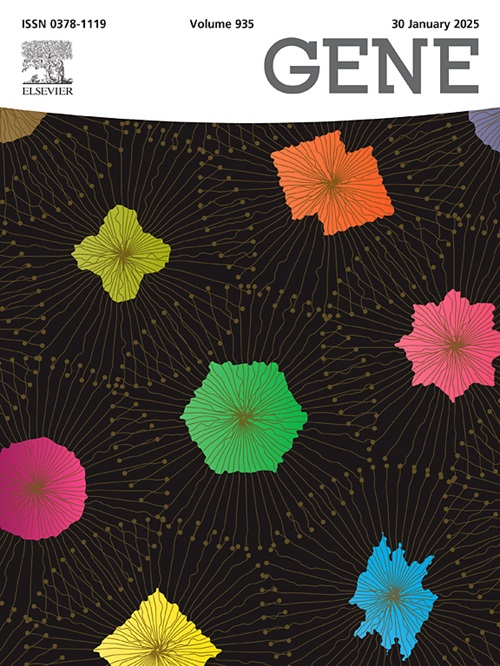Role of Notch and its oncogenic signaling crosstalk in glioma and glioma stem cells
IF 2.4
3区 生物学
Q2 GENETICS & HEREDITY
引用次数: 0
Abstract
Notch signaling (NS) is one of the primary regulators of Glioblastoma (GBM), which shapes tumour growth and evolution while protecting against drug treatments. Notch signaling enables Glioma stem cell (GSC) preservation in tumours, enhancing their diversity, and increasing tumour strength and resistance to treatment. Notch signaling keeps cancer cells growing and active through its ability to halt cell development while maintaining links with critical tumour pathways Wnt/β-catenin, PI3K/AKT, NF-kB, Hedgehog, and TGF-β. When signaling molecules communicate, they develop a strong system that enables tumour cells to survive longer and establish new blood vessels while resisting immune defenses and treatments. Developing treatments consisting of γ-secretase inhibitors, antibodies, and small molecule inhibitors show better outcomes when combined with other pathway-targeting approaches. Notch signaling may promote or inhibit cancer cell proliferation; it is crucial to detect unique biomarkers for each patient before developing individualized therapy regimens. The treatment of Notch-dependent tumours with PI3K/AKT or TGF-β inhibitors helps reduce resistance to therapy. The development of molecular techniques and single-cell analysis enables us to understand Notch signaling better for inventing treatment options specific to clinical settings. These approaches could be combined to improve the quality of life and speed up the recovery process for GBM patients. Notch signaling presents difficulties and possibilities that can guide new treatment options for GBM.
Notch及其致癌信号串扰在胶质瘤和胶质瘤干细胞中的作用。
Notch信号(NS)是胶质母细胞瘤(GBM)的主要调控因子之一,它影响肿瘤的生长和进化,同时保护肿瘤免受药物治疗的影响。Notch信号能够使胶质瘤干细胞(GSC)在肿瘤中保存,增强其多样性,增加肿瘤强度和对治疗的抵抗力。Notch信号通过其阻止细胞发育的能力来保持癌细胞的生长和活性,同时维持与关键肿瘤通路Wnt/β-catenin、PI3K/AKT、NF-kB、Hedgehog和TGF-β的联系。当信号分子交流时,它们会形成一个强大的系统,使肿瘤细胞能够存活更长时间,并在抵抗免疫防御和治疗的同时建立新的血管。开发由γ-分泌酶抑制剂、抗体和小分子抑制剂组成的治疗方法与其他途径靶向方法联合使用时显示出更好的结果。Notch信号可能促进或抑制癌细胞增殖;在制定个性化治疗方案之前,检测每个患者独特的生物标志物是至关重要的。用PI3K/AKT或TGF-β抑制剂治疗notch依赖性肿瘤有助于减少对治疗的抵抗。分子技术和单细胞分析的发展使我们能够更好地理解Notch信号,从而发明针对临床环境的治疗方案。这些方法可以结合起来改善生活质量,加快GBM患者的康复过程。Notch信号提示了困难和可能性,可以指导GBM的新治疗方案。
本文章由计算机程序翻译,如有差异,请以英文原文为准。
求助全文
约1分钟内获得全文
求助全文
来源期刊

Gene
生物-遗传学
CiteScore
6.10
自引率
2.90%
发文量
718
审稿时长
42 days
期刊介绍:
Gene publishes papers that focus on the regulation, expression, function and evolution of genes in all biological contexts, including all prokaryotic and eukaryotic organisms, as well as viruses.
 求助内容:
求助内容: 应助结果提醒方式:
应助结果提醒方式:


